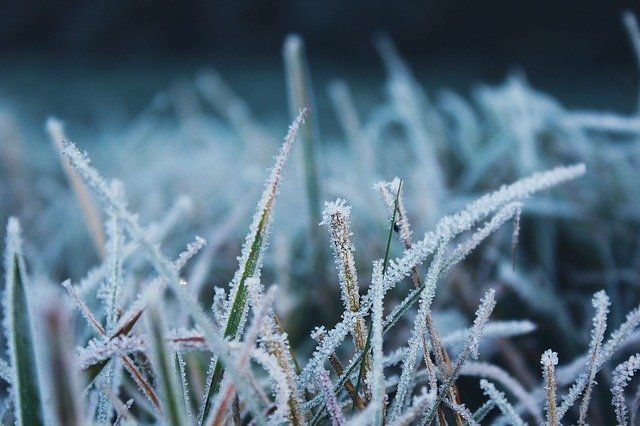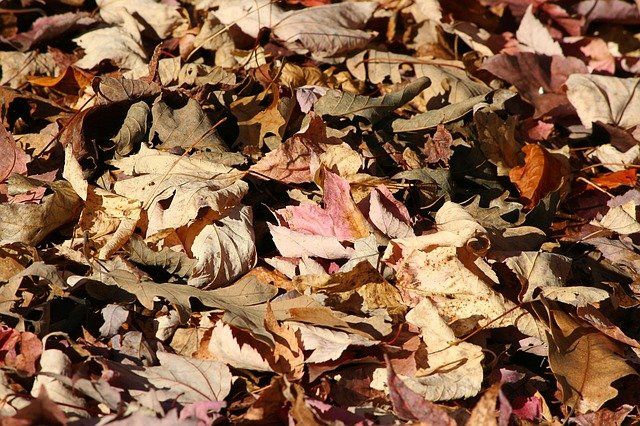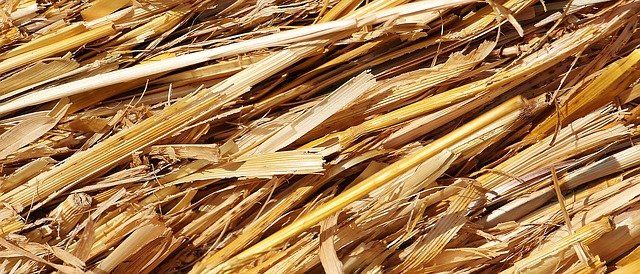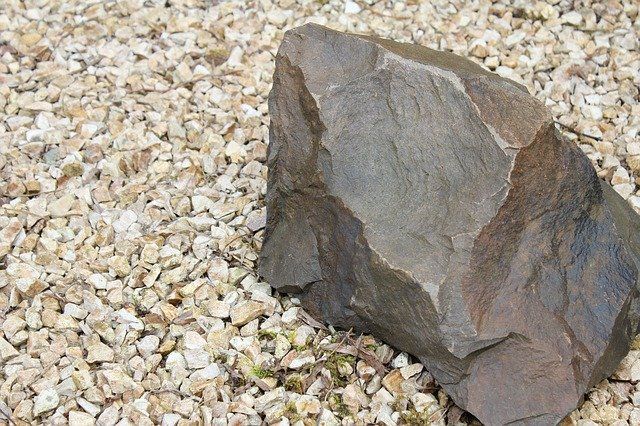Getting The Garden Ready For Winter
- By Kirsty Grimes
- •
- 07 Jan, 2019
- •

As the temperature drops, we can expect the occasional frost to start appearing in our gardens. Waking up to a thin layer of ice crystals on the ground is one of the first signs of winter. But, even before the really cold weather arrives, we can begin preparing for the winter months.
The priority is to preserve the ground and to make sure plants are protected from the freezing temperatures. We are able to do this using mulch, a thin layer of material which is laid over the surface of the soil.
Why Should I Add Mulch To My Garden?
Mulch helps to conserve moisture within the soil. It improves the fertility and health of the soil by keeping the ground shielded from the warmth of the sun. Mulch also keeps the soil at a steady temperature which keeps plants dormant, slowing down new growth and reducing the number of weeds.
In the winter, the occasional warm day can trick plants into thinking the spring is coming, that the cold winter days have come to an end. The plants can spurt into the growth of new shoots which are vulnerable to changes in the weather. The new shoots are fragile and can become damaged with sudden changes from hot to cold, from warm to freezing. This is where having mulch to regulate the temperature helps stall the new growth until the weather is more stable.

Mulch also helps reduce “heaving” which occurs when the ground freezes and thaws repeatedly during the winter. Heaving is where the ground expands and contracts with the changes in temperature. Plants sitting in ground which is regularly expanding and contracting will have their roots loosened and pushed upwards, exposing the plant and the roots to all the harsh winter elements. Having a layer of mulch surrounding the plant will protect it from freezing temperatures and drying winds.
There are two types of mulch, organic or biodegradable mulch and synthetic, non-biodegradable mulch, also known as inorganic mulch. Both are effective ways to protect your garden and preserve your plants. As mulch is an insulating material, there are lots of conventional and inventive materials you can choose from.
Types of Organic Mulch
There are four common types of organic mulch, all of which can be found either in your garden or in a neighbour’s garden or local woodland. These are bark, compost, grass cuttings and leaves. You can also use straw or newspaper and have the same effect.

Keep in mind that organic mulch will decompose and will need to be replaced from time to time. The dryer the mulch, the longer it will take to decompose, so sources of wet mulch will give more nutrients to make your soil more fertile but will need replacing at regular intervals.
Bark is a dry mulch ideal for using around tree roots and on pathways. As it takes longer to decompose it makes sense to use bark chippings in places where little or no work will be carried out over the winter.
In contrast, compost, and composted manure, can be used almost anywhere in your garden. Check as best you can that the compost is weed-free, otherwise you may find extra shoots from unwanted weeds growing amongst your plants and taking the valuable nutrients from the soil away from the plants you want to protect.
Similar to compost, grass cuttings can be used in most places in your garden. Grass cuttings tend to have a high water content and decompose rapidly, sometimes with a strong odour. Dense grass cuttings can also stop water from penetrating down to the soil and become slippery and slimy over the winter months.
Leaves are a great source of winter mulch. With the autumn winds bringing the leaves down in abundance, they can be raked up and distributed over your flower beds and vegetable patches. A tip is to start early using leaves as mulch as they will begin decomposing almost as soon as they have fallen from the trees.

Other popular sources of organic mulch are shredded newspaper and straw. Layered sheets of newspaper can hold lots of water and also supress the growth of weeds while maintaining the soil temperature. Straw decomposes slowly and becomes a winter home for spiders and insects who in turn can keep unwanted pests at bay.
Types of Inorganic Mulch
Inorganic mulch, also known as synthetic or non-biodegradable mulch, comes in the form of plastic sheets, landscape fabric and stones or gravel.
Although inorganic mulch won’t break down or add any nutrients or fertility to the soil, it will not need replacing as frequently as organic mulch.

Many people choose to have a combination of inorganic mulches, for example laying a sheet of plastic over the soil, then covering it with a layer of coloured stones to make a garden feature or walkway.
When Should I Use Mulch On My Garden?
Although mulch can be used at any time of the year to add nutrients into the soil it is particularly important to do this now, as the winter months are approaching. With the changes in temperature, plants can be fooled into early growth which may lead to fragile stems and damage to the plants as the weather changes from mild to freezing.
Adding mulch to your garden now will conserve the water within the soil and give the plants regulated temperature to protect them during the hard frost or snowfall.

Remember to rake the mulch if it becomes too dense and stops drainage. You’ll also need to rake back the mulch from your shrubs, flowers and vegetables when the frost is over and allow the new growth of your garden to flourish in the spring.

